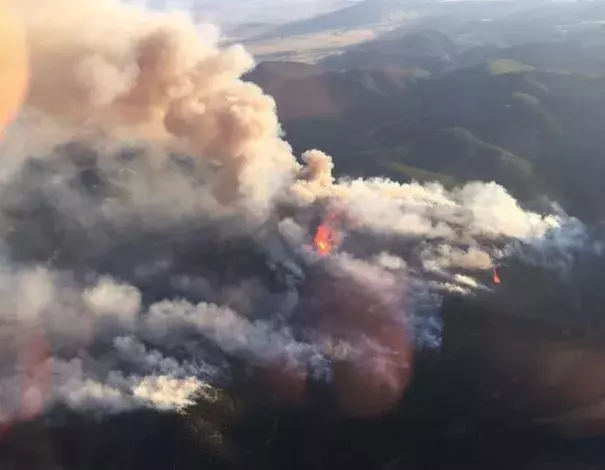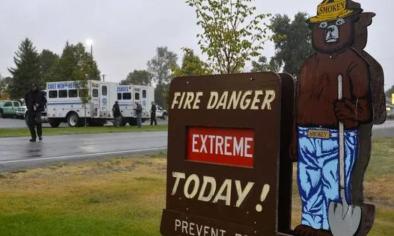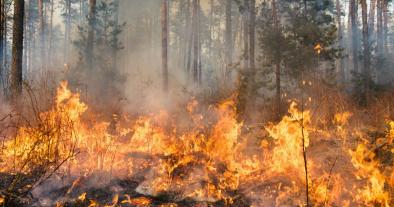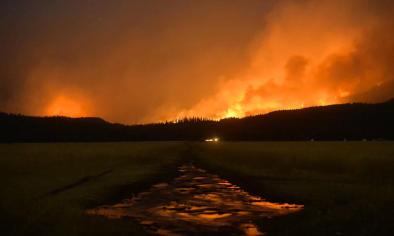Sudden Droughts And Wildfires Are A Vision Of Montana's Future, Says State Climatologist

If you’re wondering what climate change will look like in Montana, state climatologist Kelsey Jencso says take a look outside.
“This is certainly what the future may look like,” he says.
Extreme fires, flash droughts, and melting snowpack are all predicted in the state’s first ever climate assessment, which is slated for release on September 20th. The report, which isn't publicly available until its release date, is the culmination of a two-year project involving state and federal agencies, non-profit organizations, Montana universities and tribal colleges.
“Essentially we’ve used global climate models and then we’ve down-scaled those to the levels of seven regions within the state,” he says.
Montana is in for some big changes, some of which have already happened. The state’s growing season, for example, is nearly two weeks longer than it was back in the 1950s. Seasonal temperatures are rising faster than the national average and Jencso says it’s getting hotter, more quickly, when winter turns into spring.
“I think everybody kind of recognizes that with the earlier snow melts that we’ve seen,” he says. Snow is now melting 15 to 20 days earlier than it did back in the 1950s.
“That water leaves our landscapes and things begin to dry out much more rapidly," he says. "So we go into summertime with a reduction in soil moisture and fuel moisture and so conditions are set for increased fire and potentially drought.”
Montana is currently spending more than a million dollars a day fighting fires. The drought in eastern Montana cost farmers nearly $400 million dollars in crop losses compared to July of last year. That’s according to figures from the U.S. Department of Agriculture.
Related Content





